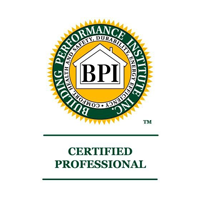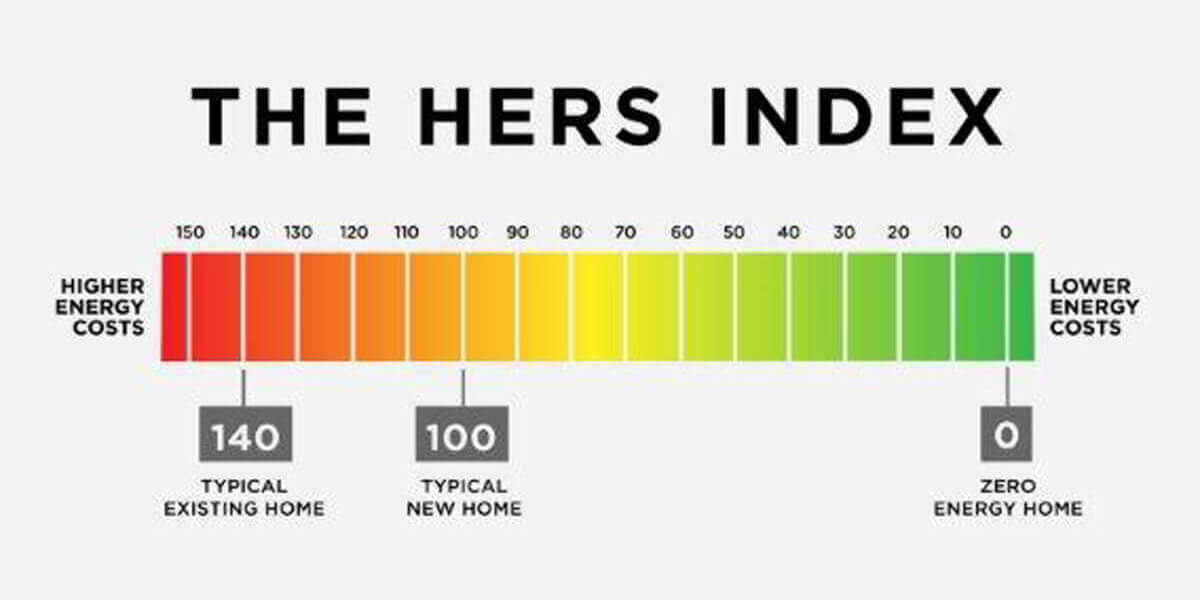Insulating your home means making choices:
- Insulation type
- Contractor
- Time to install
At Dolphin, we make your insulation choice easier by doing all of the research for you.
When it comes to insulation type, Dolphin only offers cellulose.
While researching different types of insulation, homeowners will no doubt encounter spray foam insulation. Foam advertises itself as a tight insulation that will seal and stabilize your home, but contractors who use foam insulation will usually fail to mention the damage that spray foam can do to your home’s structure, and even to your health.
Personal Injury lawyers around the country are stepping up to protect homeowners who installed spray foam. This polyurethane foam insulation is rising in popularity due to its effectiveness and its cost. Thousands of homeowners and homebuilders in search of the tightest home choose spray foam. However, these homeowners are quickly learning that their spray foam is potentially more dangerous than they thought.
Spray foam can off-gas after its installation to release poisonous toxins into the air inside of a home. These fumes then circle around the insulated home and are detrimental to anyone who comes in contact with them. Chemicals in the foam, including methylene diphenyl diisocyanate (MDI) and toluene diisocyanate (TDI), have recently been recognized as toxic to humans. The U.S. Environmental Protection Agency (EPA) spoke out against spray foam and its danger.
The EPA’s co-chair, William Swietlik, spoke about why spray foam is toxic, stating: “both open and closed cell foams are made with diisocyanates… a leading cause of workplace asthma and are a well known sensitizing toxicant to humans. Once a human becomes sensitized to diisocyanate there may be no safe exposure level.” When a person is exposed to this chemical and is sensitized to it, he or she will not ever be able to live in a home that hosts spray foam.
Homeowners trust their chosen contractor to properly install spray foam insulation, but if the foam is misapplied, the effects are devastating. Many contractors do not have proper training to install this foam and are unaware of the sophisticated chemistry of the foam. Due to carelessness or a lack of knowledge, contractors misapply the foam insulation and the chemicals create a toxic mix.
When a homeowner is exposed to diisocyanates, the chemicals damage their skin, lungs, and even effect neurological function. Spray foam is known to cause problems from asthma to fatal reactions. Lawyers are stepping in to help injured homeowners and to spread the message of spray foam’s risks.
Cellulose is safe for all homeowners and does not consist of unstable chemicals. Both insulation types have very high R-values, or thermal resistance. Cellulose is safe for you and safe for the environment. Made up of recycled paper, cellulose insulation helps you to help the environment simply in its structure. For an equally effective insulation job, cellulose offers risk-free and environmentally friendly material. Don’t leave your home’s safety to chance; choose cellulose.















